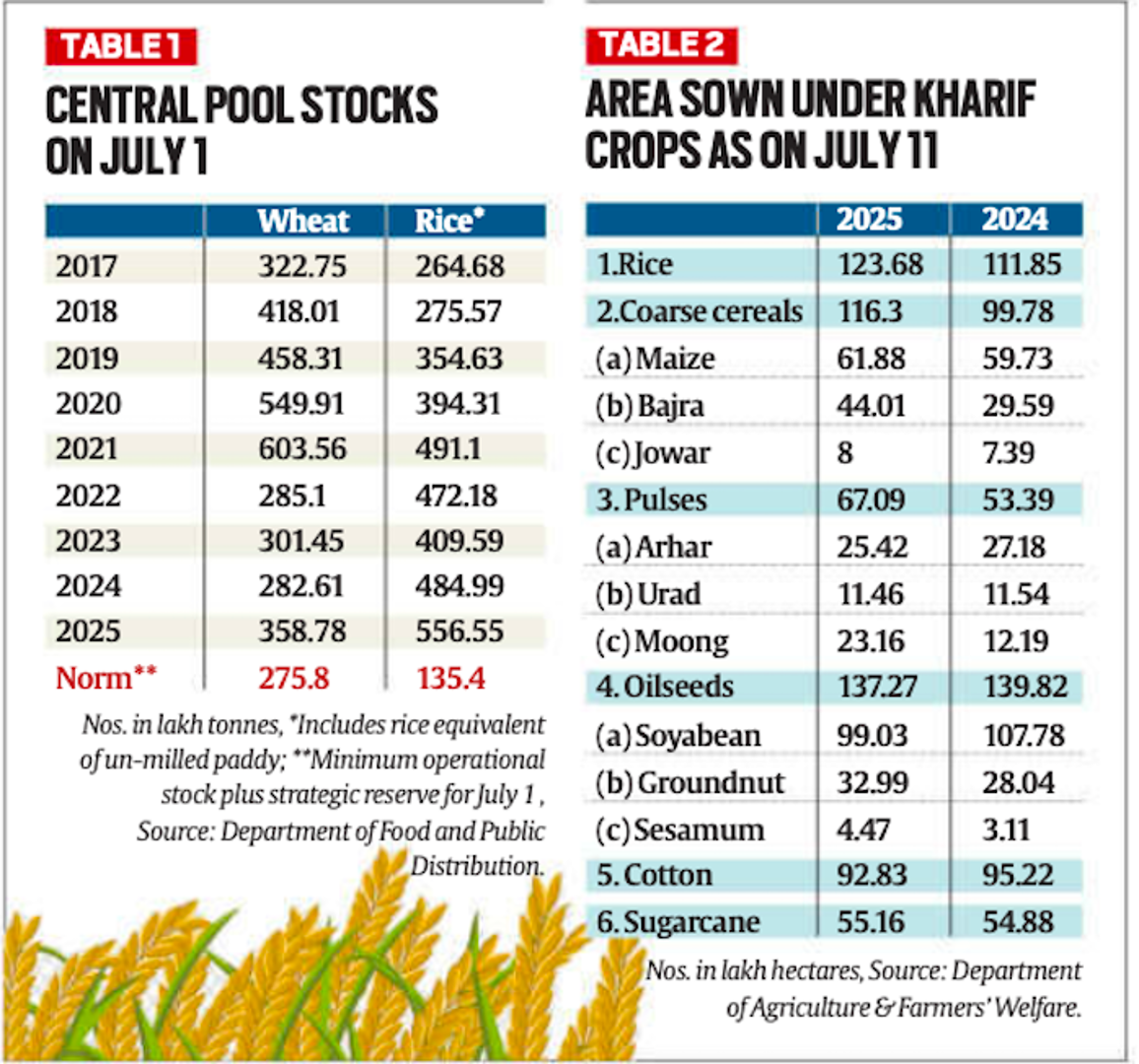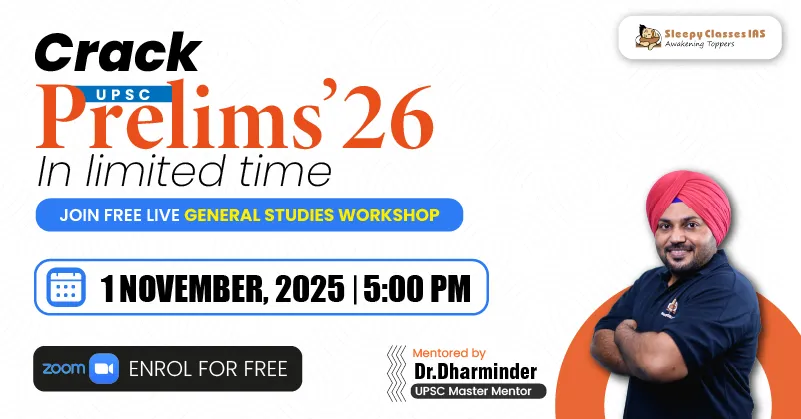Question 1
International Relations | International Organisations | Medium | The Hindu
SOURCE
Consider the following:
1. Each member of the Security Council shall have one vote.
2. Decisions of the Security Council on procedural matters shall be made by 2/3rd majority of the people.
3. A party to a dispute shall abstain from voting.
How many statements is or are correct?
A. One only
B. Two only
C. All three
D. None of the above
Solution & Detailed Explanation
Answer: (B) Two only
Detailed Explanation

Question 2
Science and Technology | Defence | Easy | Indian Express
SOURCE
Which among the following will not be a part of the Indian Army’s AI roadmap for operations?
A. Machine Learning
B. Big Data Analysis
C. Large Language Models
D. Satellite Programming
Solution & Detailed Explanation
Answer: (D) Satellite Programming
Detailed Explanation
- The Indian Army is learnt to have drawn up a detailed roadmap identifying key areas where it plans to deploy Artificial Intelligence (Al), Machine Learning (ML), and Big Data Analytics by 2026-27.
Question 3
Science and Technology | Space Technologies | Medium | Indian Express
SOURCE
Consider the following:
1. Cartosat 3 is a Sun Synchronous Satellite.
2. Cartosat 3’s mission time period is 5 years.
Which of the statements above is or are correct?
A. 1 only
B. 2 only
C. Both 1 and 2
D. None of the above
Solution & Detailed Explanation
Answer: (C) Both 1 and 2
Detailed Explanation
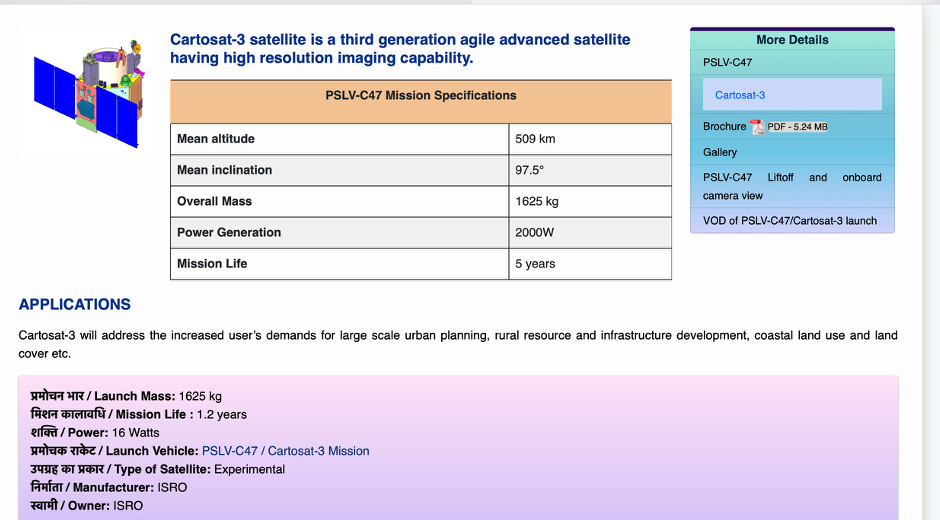
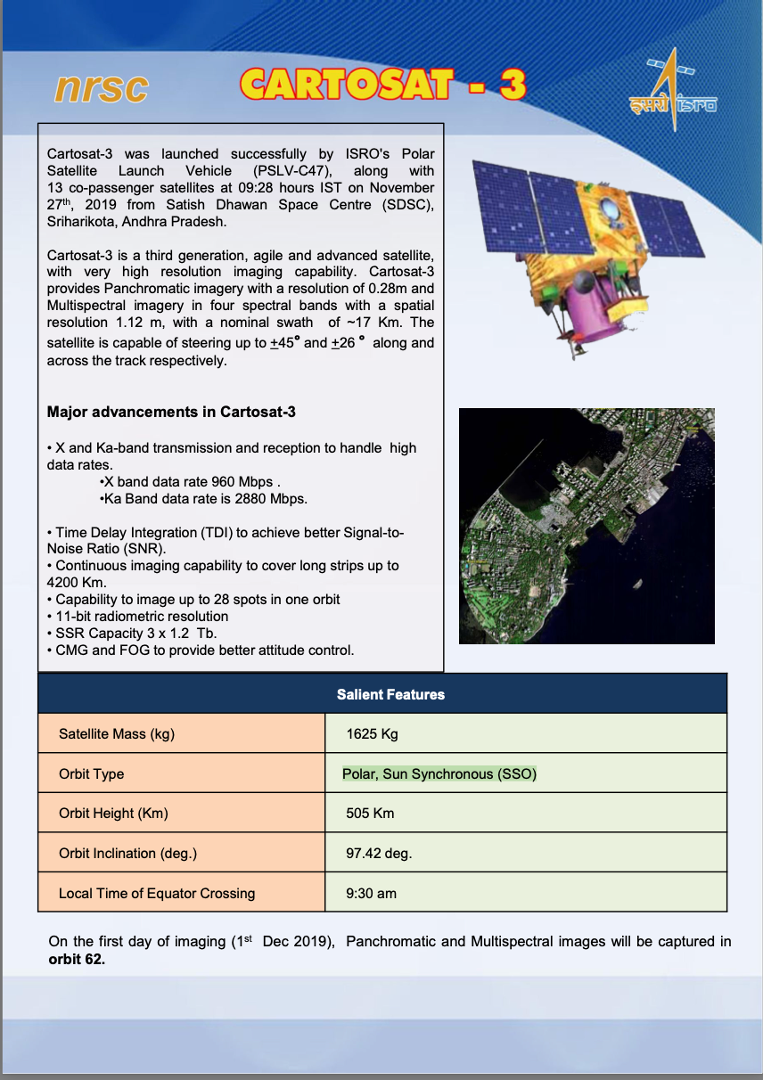
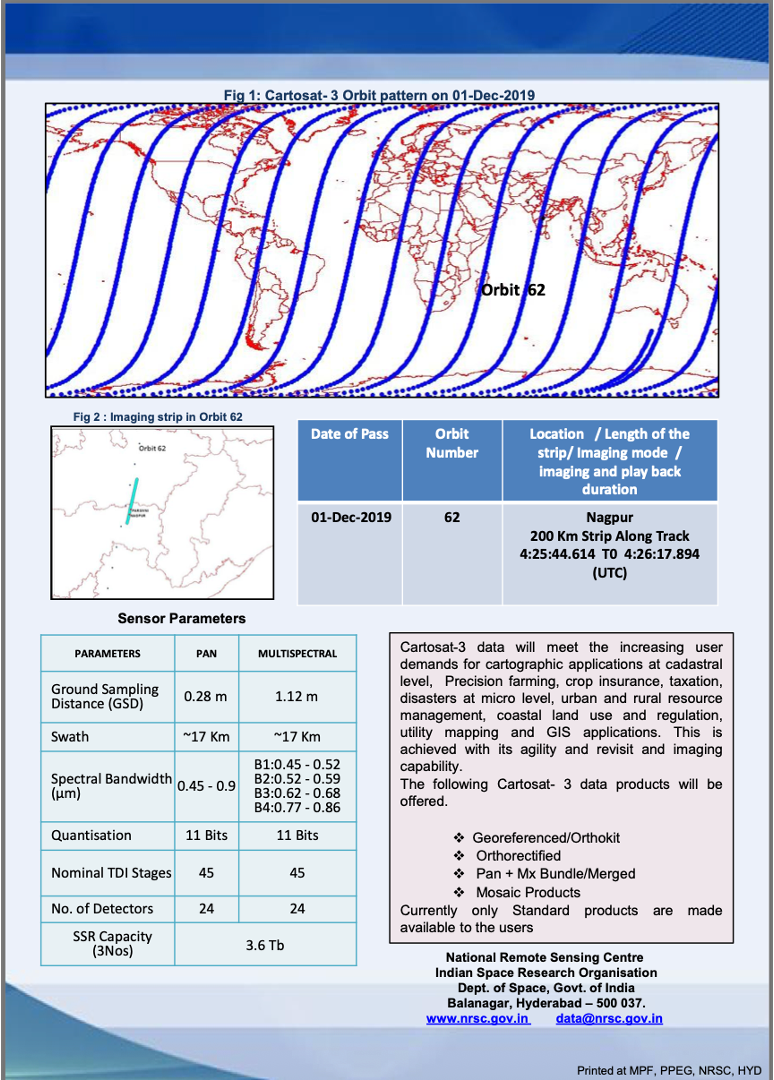
Question 4
Science and Technology | Vaccines | Medium | Indian Express
SOURCE
Consider the following:
1. Recombinant vaccines are made using bacterial or yeast cells.
2. Recombinant vaccines are toxoid vaccines.
3. Tetanus vaccine is a recombinant vaccine.
How many statements is or are correct?
A. One only
B. Two only
C. All three
D. None of the above
Solution & Detailed Explanation
Answer: (A) One only
Detailed Explanation
Recombinant Protein Vaccines
- Recombinant vaccines are made using bacterial or yeast cells to manufacture the vaccine. A small piece of DNA is taken from the virus or bacterium against which we want to protect and inserted into the manufacturing cells. For example, to make the hepatitis B vaccine, part of the DNA from the hepatitis B virus is inserted into the DNA of yeast cells. These yeast cells are then able to produce one of the surface proteins from the hepatitis B virus, and this is purified and used as the active ingredient in the vaccine.
- (‘Acellular’ means ‘not containing any whole cells’.) Instead these kinds of vaccines contain polysaccharides (sugars) or proteins from the surface of bacteria or viruses. These polysaccharides or proteins are the parts that our immune system recognises as ‘foreign’, and they are referred to as antigens. Even though the vaccine might only contain a few out of the thousands of proteins in a bacterium, they are enough in themselves to trigger an immune response which can protect against the disease.
- Hepatitis B vaccine (in the 6-in-1 vaccine and as the separate hepatitis B vaccine)
- HPV vaccine
- MenB vaccine. This contains proteins from the surface of meningococcal bacteria. Three of the proteins are made using recombinant technology.
Question 5
Economy | Banking and Insurance | Medium | Indian Express
SOURCE
Consider the following:
1. The 1/n rule in insurance is where the commissions for short term insurance is calculated at the end or at maturity.
2. Non-life insurance premiums crossed Rs 3 lakh crores mark in the FY 2025 (till now).
Which of the statements above is or are correct?
A. 1 only
B. 2 only
C. Both 1 and 2
D. None of the above
Solution & Detailed Explanation
Answer: (B) 2 only
Detailed Explanation
- The “1/n rule” in insurance refers to an accounting method where commissions for long-term insurance policies are recognised evenly over the du-ration of the policy, rather than being recorded entirely at the outset. This represents a shift from earlier practices that al-lowed full commission recognition upfront. As a result, this change affects how insurers report their premiums, often leading to a lower reported premium in the initial period, particularly impacting public sector general insurers.
- Insurance industry sources say that premium collections from government-backed health schemes have dropped sharply, as many state and central programs have shifted from insurance-based models to trust-based funding. This change has reduced the overall premium inflow for insurers.
- At the same time, steep hikes in health insurance premiums – driven by rising medical costs, an 18 per cent GST, and higher hospital expenses – have put pressure on household finances. As a result, consumer demand has declined, and retail health insurance growth has slowed to around 10-13 per cent in FY25, compared to 20-25 per cent in earlier years.
- Non-life insurance premiums crossed the Rs 3-lakh crore mark in FY25, driven by supportive regulations, rising Insurtech adoption, accelerating digitalisation, and an expanding middle class. The government’s Bima Trinity push is poised to accelerate growth in the non-life insurance sector. Standalone health insurers are expected to maintain their dominance in the retail health space.
Question 6
Economy | Agriculture | Medium | Indian Express
SOURCE
Consider the following:
1. The central government slashed custom duty on edible oil to 16. 5% in May 2025.
2. The progressive area sown under most kharif crops has gone up from last year.
Which of the statements above is or are correct?
A. 1 only
B. 2 only
C. Both 1 and 2
D. None of the above
Solution & Detailed Explanation
Answer: (C) Both 1 and 2
Detailed Explanation
- In edible oils, the Centre, on May 31, slashed the effective import duty on crude palm, soyabean and sunflower oil from 27. 5% to 16. 5%. That will, again, keep a lid on food inflation going ahead.
- The progressive area sown under most kharif crops has gone up from last year. The exceptions are arhar (pigeon pea), soyabean and cotton.
- Their acreages have, however, dipped not due to lack of water as much as prices.
- Soyabean and arhar are trading in Madhya Pradesh’s Dewas and Maharashtra’s Latur wholesale mandis at around Rs 4,300 and Rs 6,500 per quintal respectively.
- That’s below their corresponding government-declared minimum support prices of Rs 5,328 and Rs 8,000 per quintal for this year and even the Rs 4,892 and Rs 7,550 of the 2024-25 crops.
- In cotton, area reductions – largely in Northwest India – have had more to do with the crop’s susceptibility to pink bollworm insect attacks.
